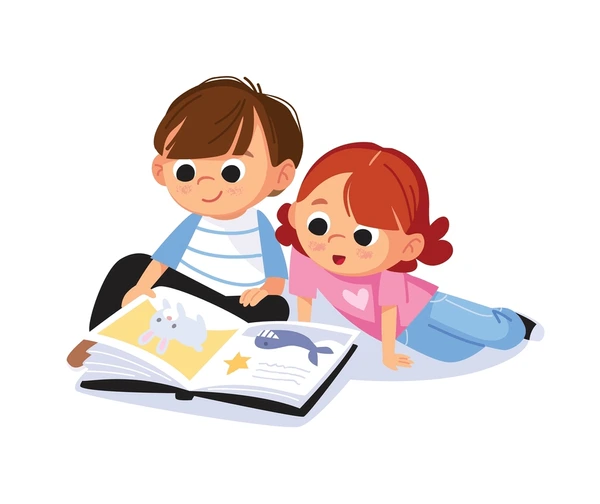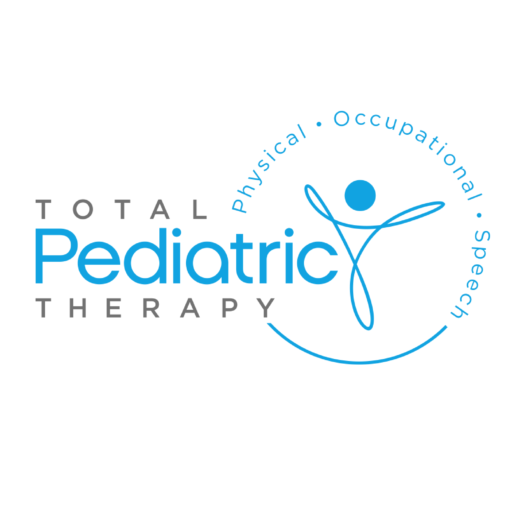How Does It Work?
- It teaches children to read and spell, while building their vocabulary
- Increases their understanding of grammar while improving reading comprehension and written expression
- The initial evaluation (covers multiple areas including expressive and receptive language) is three hours long with qualifying individuals receiving at least 1-hour sessions weekly.
- A binder with tools and strategies will be provided
Where Do We Start?
- We begin at the phonological level to determine if the letter representation and corresponding sounds are intact (e.g. /p/)
- Then we turn the focus to the oral motor component and movement during sound production (e.g. lip poppers) and incorporate visual aids (e.g. "sound" cards)
- Lastly, we provide the application of foundational knowledge to practice syllable and word structures and then redirect back to letter representations and words that "play fair" and words that do not

How and Who Does It Benefit?
- Children learn how to apply their understanding of the sounds, letters, & meaning of words into everyday reading and writing
- Children acquire metalinguistic strategies to develop executive function skills that empower them to become more successful readers and writers
- Children who have difficulties with reading, reading comprehension, and writing cohesive paragraphs, difficulties with forming words correctly or confusing words with sound similarities (e.g. cat, cot), difficulties with scanning paragraphs, a delay in reading, spelling erratically, or have a learning disability or delay would benefit from this reading program.
- Children with dyslexia experience learning differences that may lead to frequent challenges for being a proficient reader, demonstrate slower reading rates, and have difficulty recognizing words. They are reading at a lower level than would be typically expected and demonstrate difficulty breaking letters into sounds or relating letters to sounds during reading.
